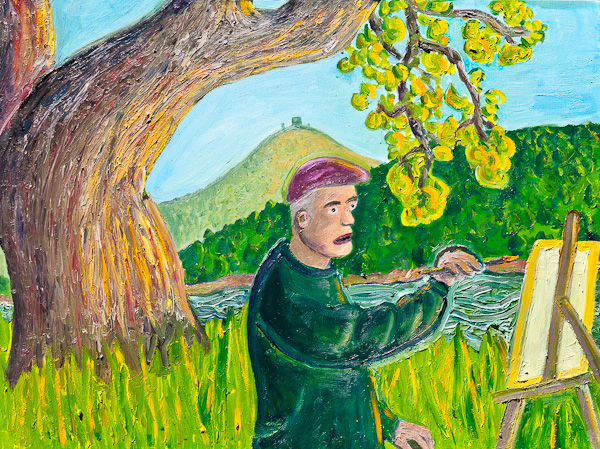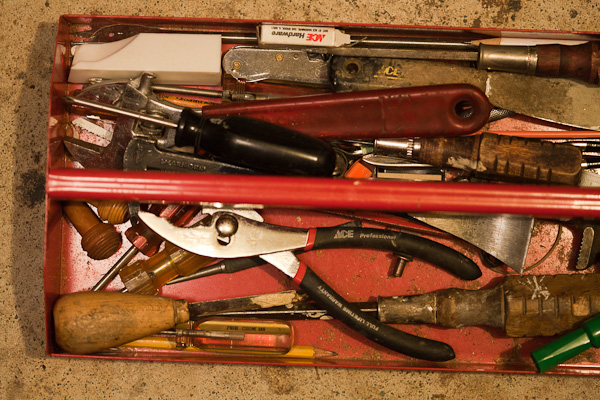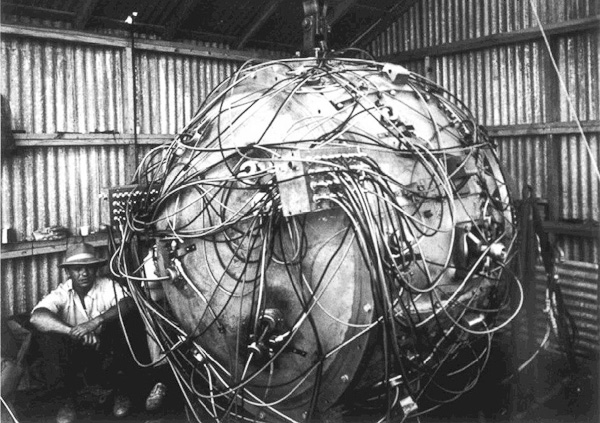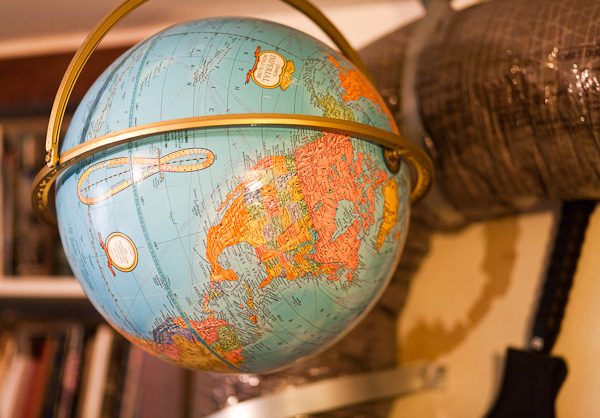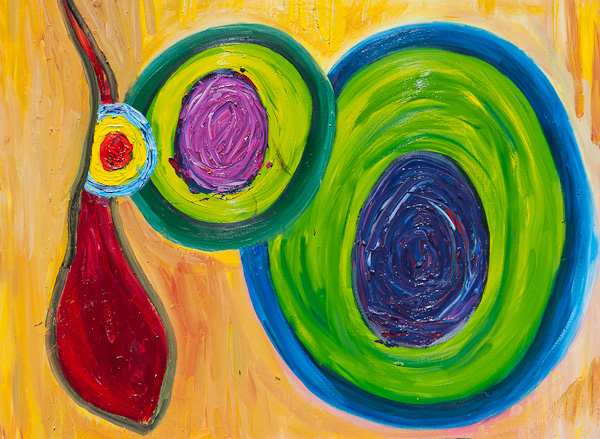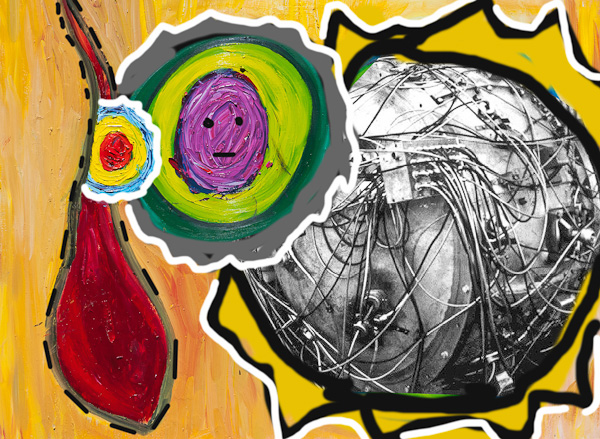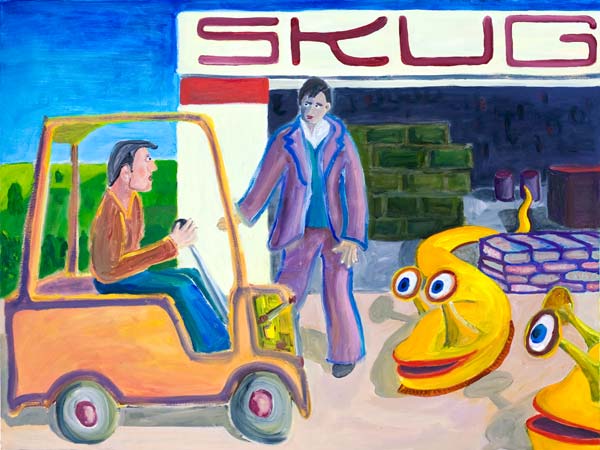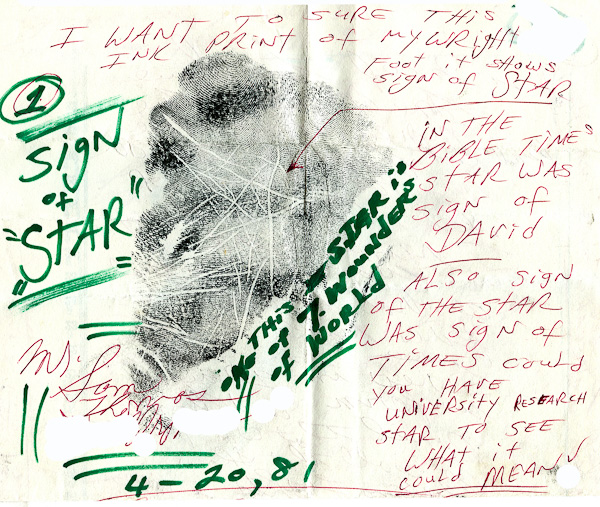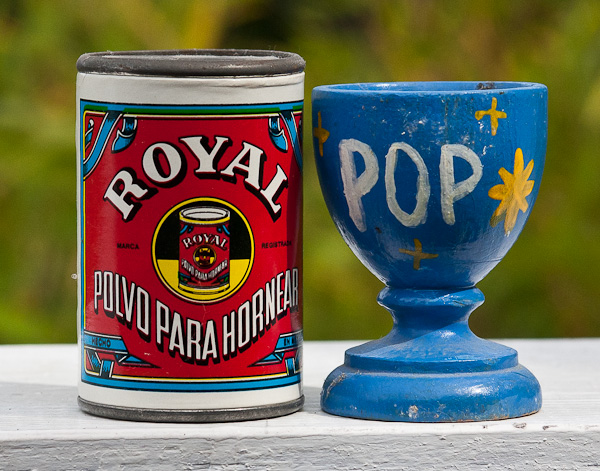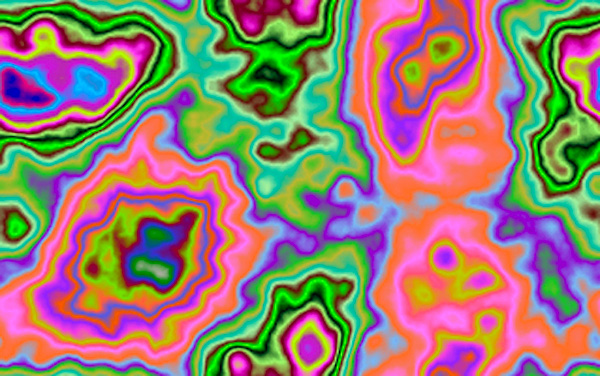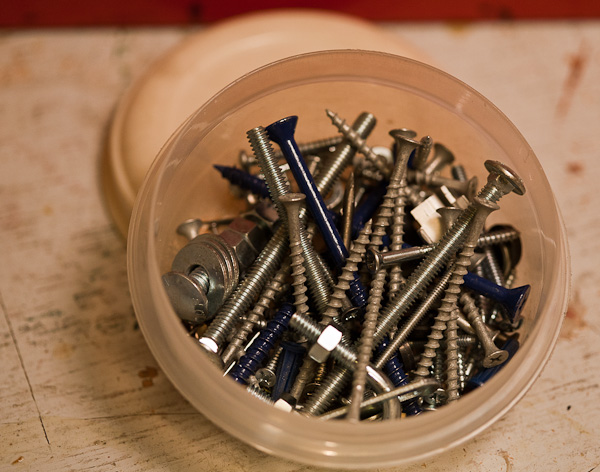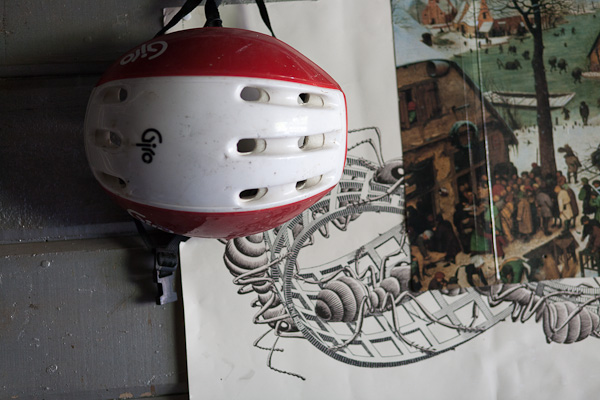Lately I’ve been kind of obsessed with finishing my new novel, which I’m still calling Turing & Burroughs. I’m around the final turn and in the last stretch.
It’s kind of a 1950s invasion novel, involving a contagious mutation that makes people into telepathic shapeshifters. It includes two historical figures as main characters: the computer pioneer Alan Turing and the Beat writer William Burroughs.

Anyway, I’ve been using every spare minute to work on the novel, which is why I haven’t been doing many blog posts lately. If I blog a lot, it’s a pretty good sign that I’m not writing, and vice-versa. Although, of late, I continue tweeting even when I’m writing a lot—it’s so easy to tweet a nice link or phrase that I find in my ongoing researches for a story or book.
Last week Sylvia and I were up in San Francisco for a couple of days and I took a few pictures.
The one above is the Bay Bridge seen from the Ferry Terminal at the end of Market Street. A lot of action here on Sundays, like the farmers market and lots of food. It always helps a bridge picture to have a sailboat in it. What I like the most are those gantry(?) cranes the background, from the port of Oakland, they load and unload containers from ships. They always remind me of giraffes.
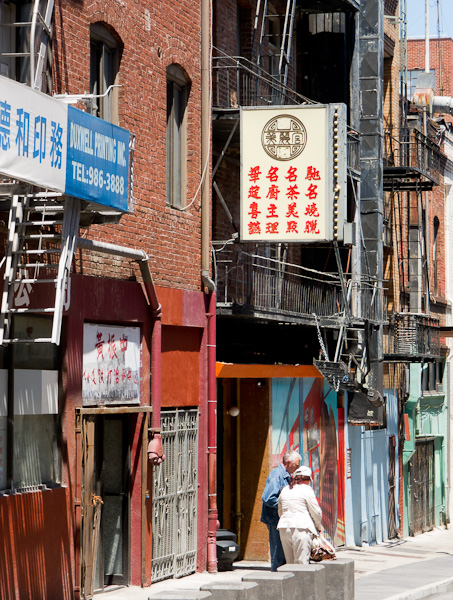
We walked through Chinatown, on our way to our favorite Pho Noodle restaurant, the hole in the wall Golden Star Vietnamese Restaurant facing onto near the little square of park over the parking garage in front of the old Chinatown Holiday Inn. What makes the Golden Star great is that if you order Pho Ga (Pho with Chicken), the chicken is a broiled leg on the side, not a bunch of characterless white squares in the broth.
This is, like, my Nth picture of Chinatown. I always like the fire escapes and the brick walls and the people walking around.
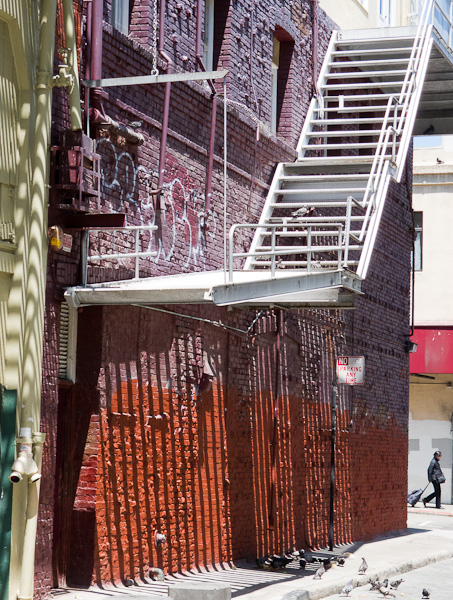
Another Chinatown fire escape. I love the colors here, and the stripes of shadow and light. The world really is so remarkably intricate and beautiful.
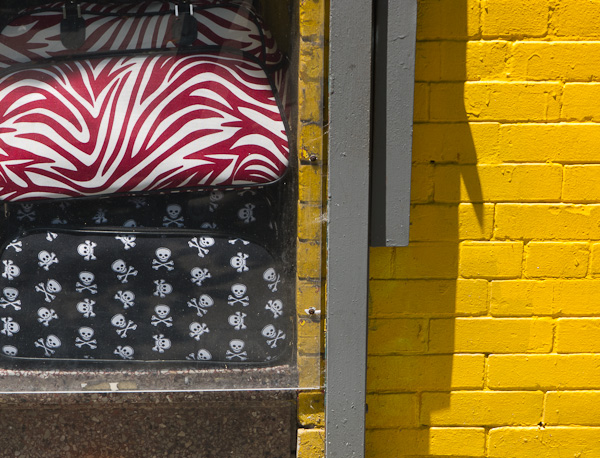
Here’s a simpler abstract pattern, maybe in Chinatown, maybe in Santa Cruz. For going on fifty years, I’ve been into taking pictures that fall into an assemblage of rectangular patterns. Finding the composition is always fun, and if you have good colors that’s nice. Though faint pastels are good too, or you can play off the textures.
Sometimes I worry that I’ve taken pictures of everything I’d ever want to take a picture of, but if I carry my camera around, I’ll see stuff, even though it’s, in a way, the same old stuff as ever.

Like swirls of grass or cactus. These are in the Bezerkistan (excuse me, Berkeley) Botanical Garden, just up the hill from the football stadium that they’re refurbishing. A steep $7 to get in, but really a lovely place.

Cactuses, too. My god, how many cactus pictures have I taken? This is a nice cactus though. I like the little “ears” on the lower lop-lop lobe.
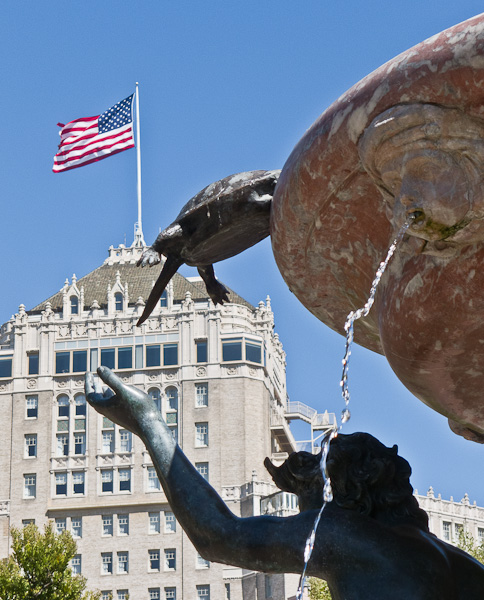
Back in SF, there’s a little park near Mason St. and California St., in front of the big Episcopal cathedral, I often walk up there when I have some spare time. Nice breeze up there, and they have a lovely Italianate fountain, complete with bronze turtles.
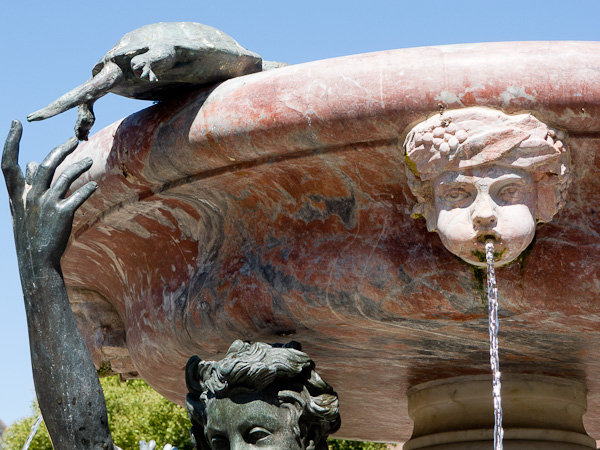
Good water coming off the fountain, too. Water’s another thing I’ve photographed a zillion times. Sometimes I feel like I ought start shoving my lens into people’s faces on the streets, or telephotoing them—and now and then I do that a little—sometimes I try and work to have a personality for street photography, but of course a lot of time, I don’t want to work.
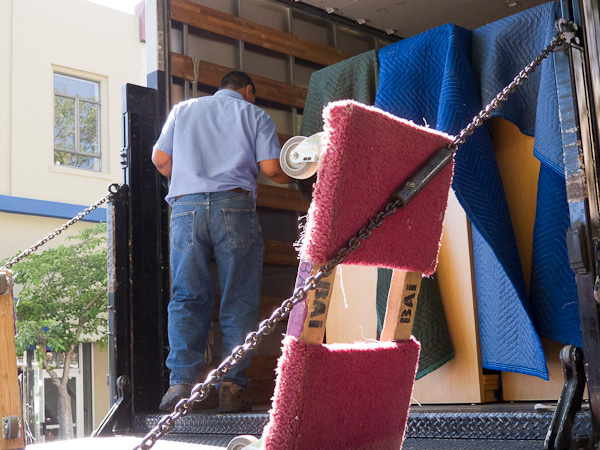
Well, here’s one piece of light street photography, a mover in a van in Santa Cruz, you can’t see his face, and he really does fill out the picture. Just that dolly isn’t enough—I shot the picture first that way, and then with the guy in it, and with the guy it’s much fuller.
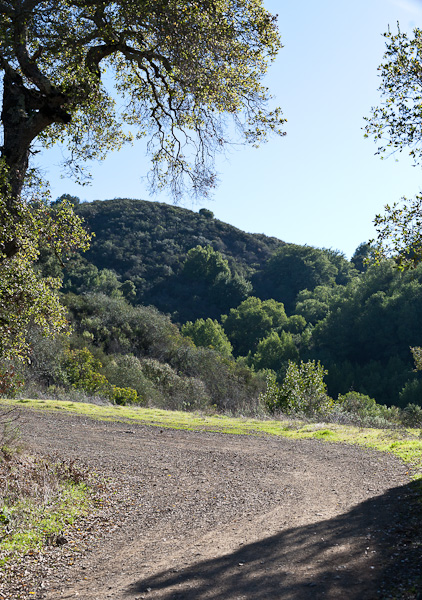
I wrote a lot in the past week, working out many kinks in the outline for the ending, weaving in a lot of fixes, and writing maybe five thousand words of new material. I feel like I’m around the corner and into the home stretch. To use a more colorful and accurate metaphor, I feel like a primitive hunter in the woods.
I’ve been on the trail of this shaggy beast for five years, if I counting the preliminary first two chapters. It’s wounded now, I can see more and more of its stains on the leaves, I can hear it in the underbrush up ahead, I’m pushing forward, heedless of the branches scratching my face, my whole being is focused on the task of taking down the beast at last, I want to bring it to the ground and tear out its throat to see it shudder and lie still, and to bathe my face in its last dribbles of ink, finishing my quest at last.
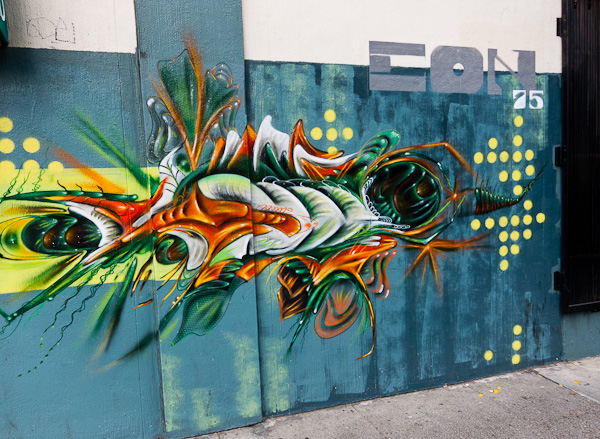
For the metaphor-impaired: Do understand that I’m speaking figuratively—in reality I’ve never hunted and, generally speaking, I even go out of my way to avoid killing insects. But a novel I’ve been actively working on for a year—and planning for five years—that’s a beast I want to lay to rest.
My computer programmer friend John Walker used to speak of a “bloodlust hacking frenzy” when pulling long hours to finish a project. Bloodlust writing frenzy, yeah.









